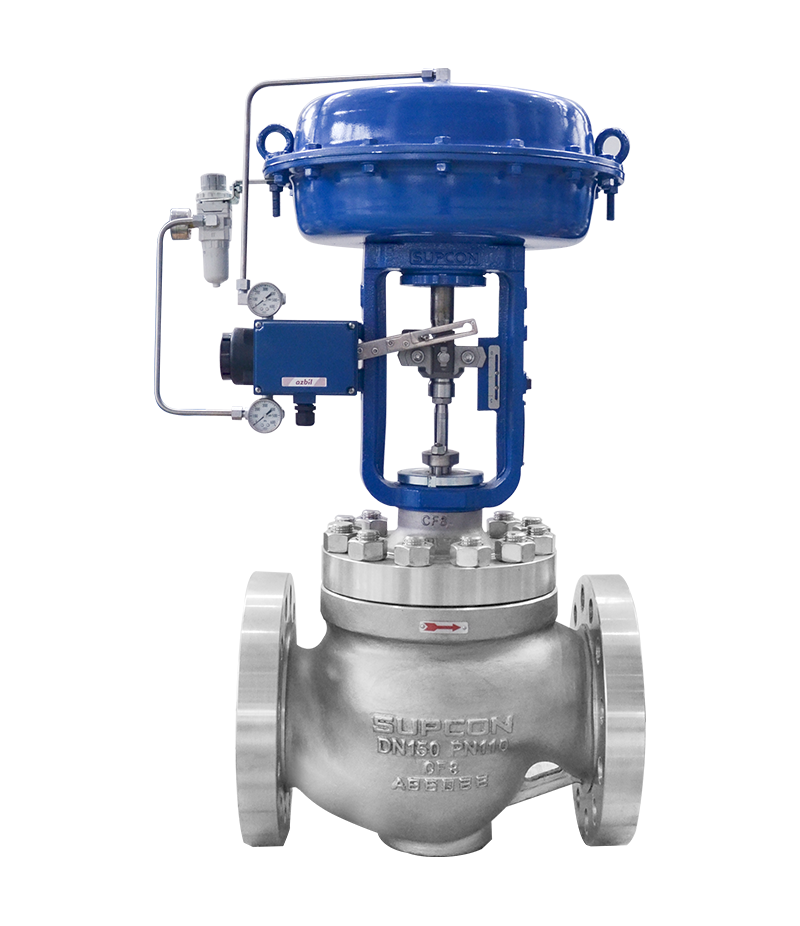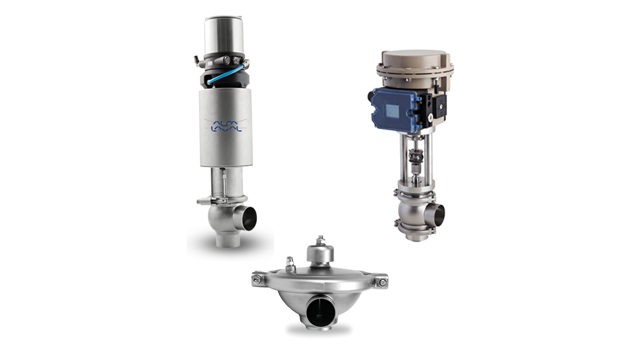Achieve Seamless Combination and Control With Quality Building Automation Controls
In the realm of contemporary structure management, the value of high quality structure automation controls can not be overemphasized. As technology remains to development, the assimilation and control of various systems within a building have evolved to be much more reliable and advanced. The seamless operation and monitoring of lighting, COOLING AND HEATING, protection, and various other structure features have become extremely important for improving resident convenience, energy efficiency, and general functional efficiency. Nonetheless, the journey towards accomplishing real combination and control is a diverse one, with factors to consider varying from system compatibility to cybersecurity. Welcoming high quality building automation controls is not merely a matter of comfort yet a tactical imperative for companies aiming to maximize their facilities' performance and sustainability.

Development of Building Automation Controls
Throughout the previous couple of years, the evolution of constructing automation controls has actually significantly transformed the means structures are handled and run. Originally, building automation systems largely concentrated on basic functions such as controlling home heating, ventilation, and air conditioning (HEATING AND COOLING) systems. As innovation advanced, these controls have actually become a lot more innovative, allowing for a broader range of structure systems to be incorporated and handled centrally.
The advancement of constructing automation controls has actually seen a change towards more intelligent systems that can adjust to transforming problems in real-time. This flexibility is vital for maximizing power effectiveness and making sure occupant convenience. In addition, modern-day structure automation controls currently use functions such as predictive upkeep, remote surveillance, and information analytics, enabling facility managers to make data-driven decisions to enhance building efficiency.

Advantages of Quality Combination
The improvement in building automation regulates towards more intelligent systems has underscored the significant benefits of top quality assimilation in enhancing structure procedures and enhancing general efficiency. Quality assimilation of building automation controls offers several essential benefits. First of all, it leads to enhanced power effectiveness by allowing different systems to work with each other perfectly, ensuring ideal performance and decreasing energy wastage. Secondly, high quality combination improves occupant convenience and productivity by making it possible for personalized control over environmental settings like lights, temperature, and air top quality. This modification can bring about an extra helpful and comfortable working or living atmosphere. Furthermore, quality combination streamlines maintenance and troubleshooting procedures, as all systems are interconnected and can be kept an eye on and regulated from a central user interface. This centralized control additionally gives better exposure and insights into structure performance, making it possible for positive upkeep and optimization techniques. On the whole, the advantages of top quality integration in building automation controls are obvious, using raised effectiveness, convenience, and functional performance.
Improved User Experience and Access
Enhancing individual interaction with building automation manages via instinctive style and enhanced accessibility raises the total experience for passengers and facility managers alike. By concentrating on user experience, constructing automation systems can become much more efficient and straightforward. Intuitive user interfaces, clear navigating, and adjustable settings empower customers to communicate with the controls conveniently and successfully.
Availability attributes play a crucial function in ensuring that all people, consisting of those with disabilities, can use the structure automation manages with convenience. Incorporating attributes such as voice commands, tactile buttons, and color-contrasted displays can enhance accessibility and make the controls more comprehensive.
Moreover, boosted individual experience leads to higher individual satisfaction, boosted performance, and far better decision-making. Passengers can readjust ecological settings according to their choices, while facility managers can effectively keep track of and take care of building systems - control valves. On the whole, prioritizing customer experience and access in building automation controls adds to a much more seamless and efficient structure setting for all stakeholders entailed
Sustainable Practices Via Automation

Additionally, automation can promote the combination of renewable resource resources such as solar panels or wind generators right into building procedures. By instantly adjusting energy use based on the availability of renewable resource, structures can additionally reduce their dependence on non-renewable sources. This seamless assimilation of sustainable methods not just benefits the setting but also enhances the total operational effectiveness and cost-effectiveness of the building. Via automation, structures can straighten with modern sustainability objectives and add to a greener future.
Future Trends in Structure Control Equipment
In expectancy of advancing innovations and evolving sustainability techniques, the trajectory of building control systems is positioned to accept transformative methods and ingenious services. One famous more info here trend forming the future of structure control systems is the enhanced assimilation of Artificial Intelligence (AI) and artificial intelligence. These innovations enable buildings to adapt in real-time to altering conditions, enhancing energy usage and enhancing comfort for occupants. In addition, the Internet of Points (IoT) is transforming building control systems by connecting sensing units and gadgets to enhance operations and boost performance.
One more crucial fad is the focus on cybersecurity steps to protect versus prospective dangers to developing automation systems. As buildings become more interconnected, guaranteeing durable cybersecurity procedures will be necessary to safeguard sensitive data and protect against unauthorized access.
Moreover, the change in the direction of cloud-based platforms is acquiring energy, permitting centralized control and remote accessibility to building systems. This helps with much easier surveillance, maintenance, and updates, boosting the general performance and adaptability of structure control systems. As modern technology remains to development, these trends are anticipated to form the future landscape of structure automation controls, driving advancement and sustainability in the constructed atmosphere.
Conclusion
To conclude, constructing automation controls have actually developed significantly, using top article numerous advantages such browse around this web-site as boosted individual experience, access, and lasting techniques. Quality assimilation plays a key duty in accomplishing seamless control and reliable procedure of building systems. Future trends in building control systems are likely to focus on further improving automation abilities for boosted energy efficiency and overall performance. It is essential for structure owners and drivers to prioritize the adoption of quality structure automation manages to maximize building procedures and attain long-term sustainability goals.
In the world of modern-day structure monitoring, the value of high quality building automation controls can not be overstated. In general, the development of structure automation manages proceeds to drive technology in the structure management sector, using brand-new opportunities for developing smarter and much more sustainable structures.
The advancement in building automation controls towards more smart systems has actually highlighted the substantial benefits of quality assimilation in enhancing structure operations and enhancing overall effectiveness. Generally, prioritizing customer experience and access in building automation manages contributes to a much more smooth and productive building setting for all stakeholders entailed.
It is crucial for structure owners and operators to prioritize the fostering of top quality structure automation regulates to optimize building operations and achieve lasting sustainability objectives. - control valves